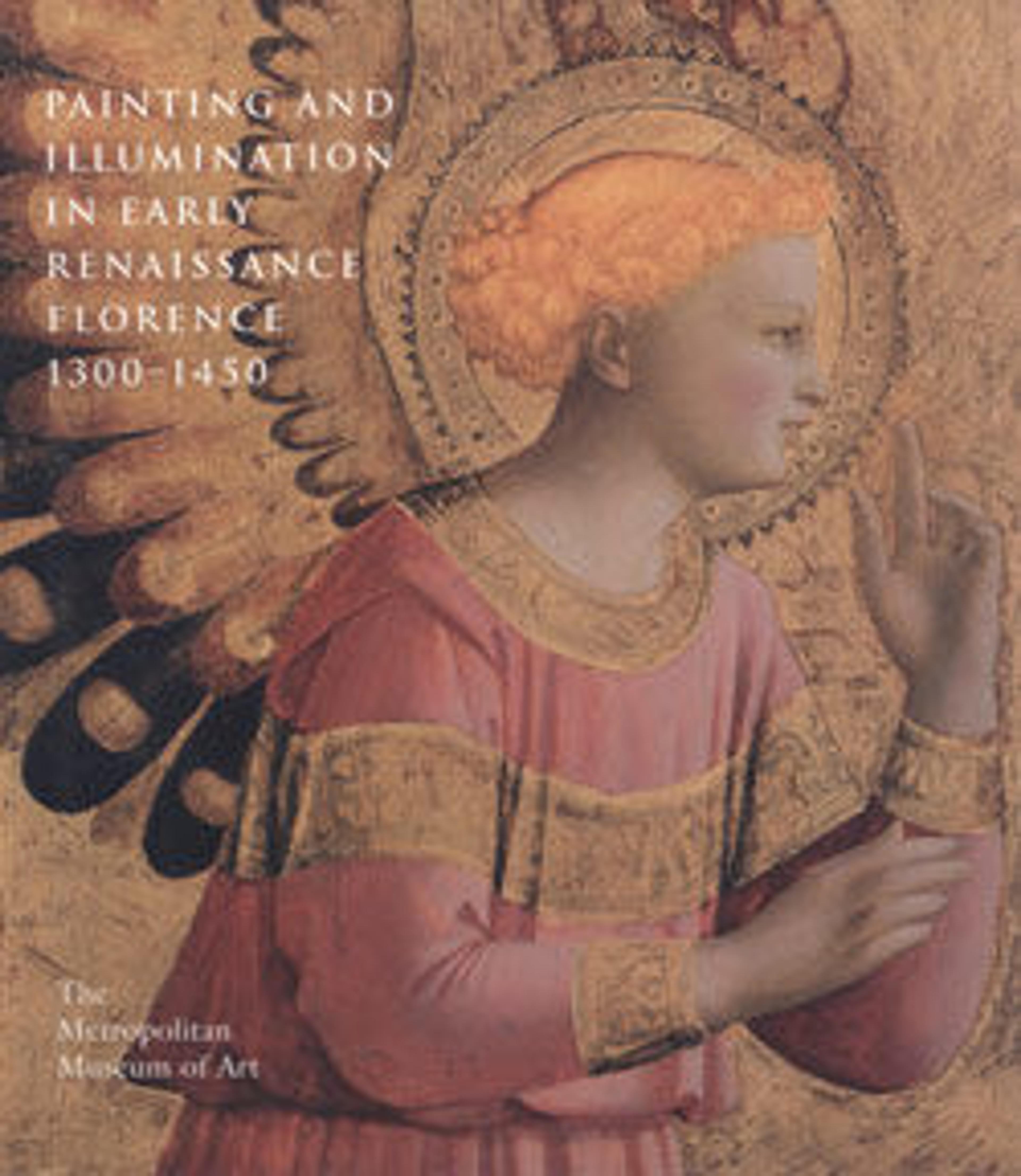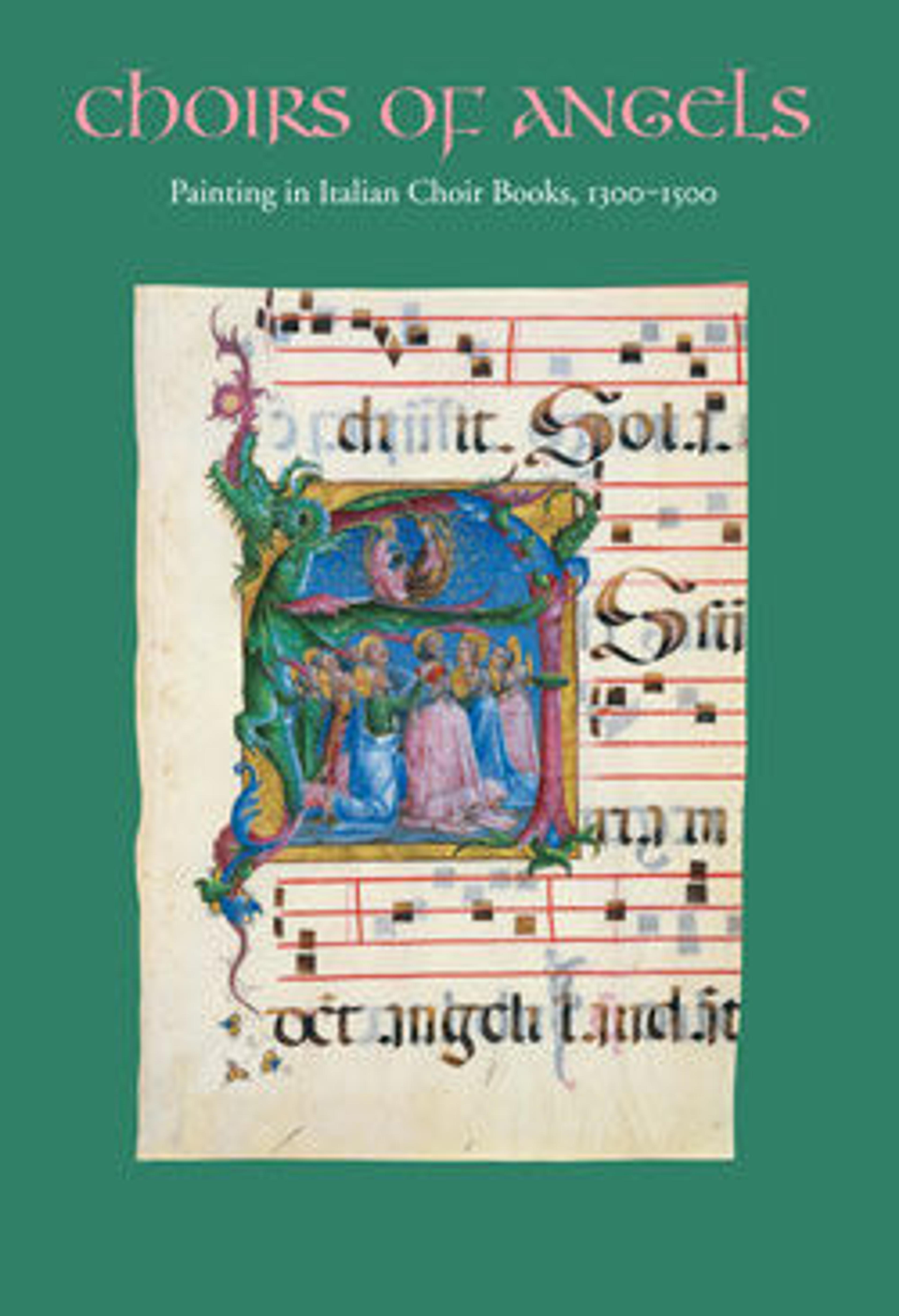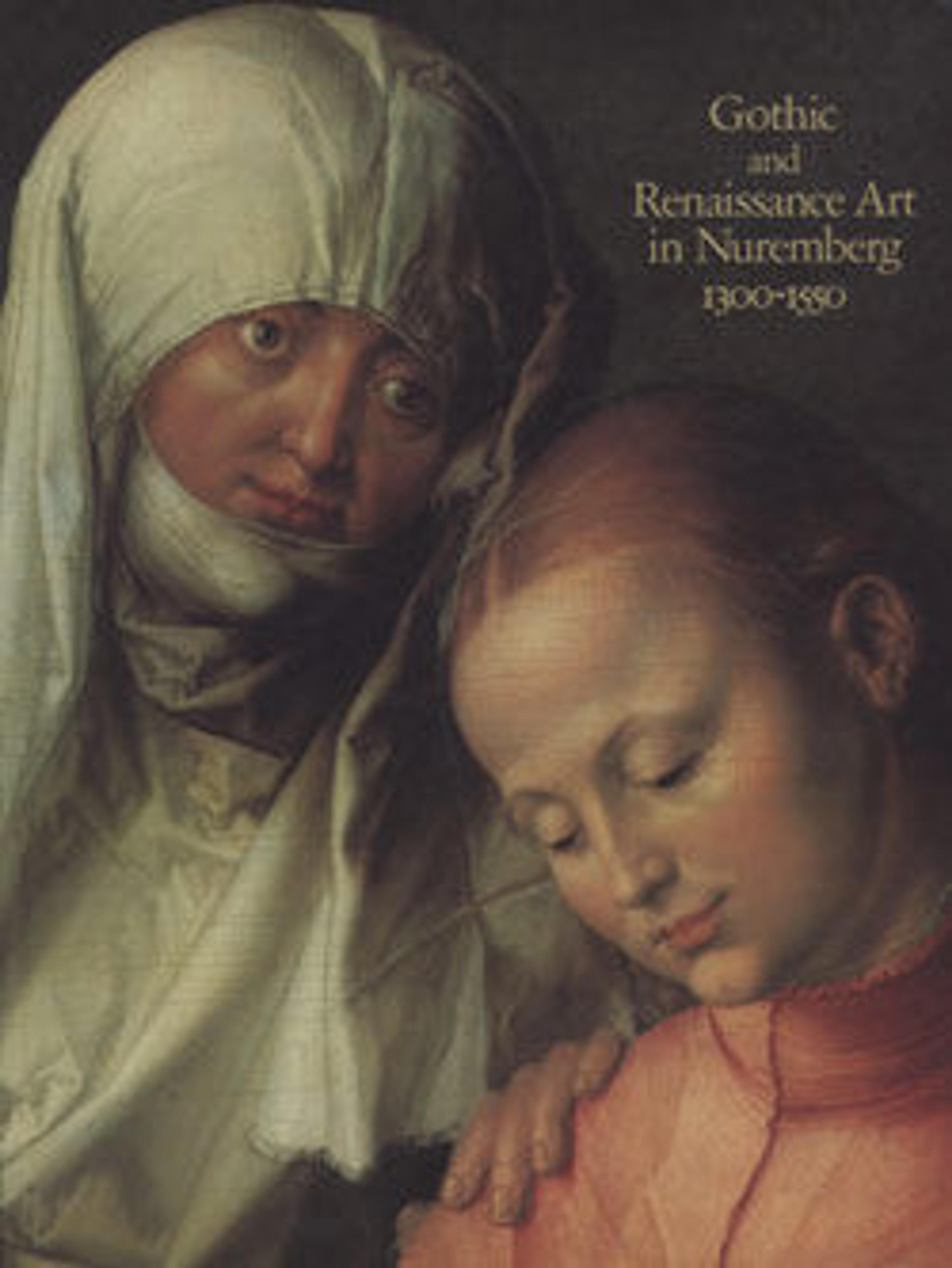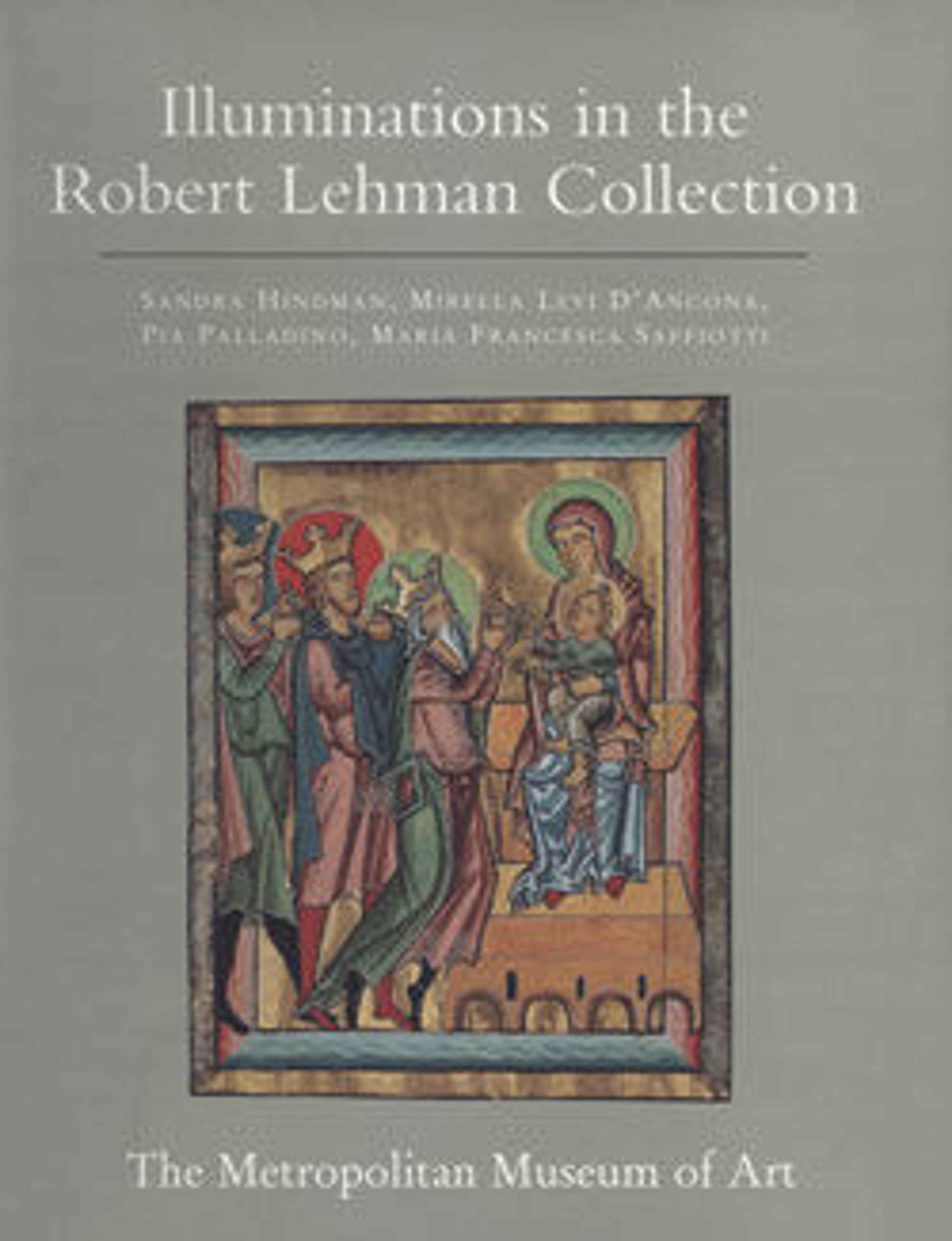
Painting and Illumination in Early Renaissance Florence, 1300–1450
The sumptuous illuminated manuscripts of Early Renaissance Florence have traditionally been overshadowed by the better-known monumental arts of the period. The Metropolitan Museum of Art seeks to redress the imbalance by mounting an exhibition of Florentine miniatures produced between 1300 and 1450 from collections in Europe and the United States. A selective group of bound manuscripts and single leaves from disassembled books is joined with panel paintings and works in perishable media—such as drawings, embroideries, and reverse painting on glass—created by the same masters. Some of the important books whose pages have been disseminated are here reconstructed for the first time since they were cut apart.
During the incredible efflorescence of the visual arts in Florence of the fourteenth and fifteenth centuries, some artists turned their hands equally to various media, manuscript painting among them. In the fourteenth century these included one of the most mysterious and engaging personalities of early Renaissance Italian painting, the Master of the Codex of Saint George, as well as such artists as Pacino di Bonaguida, the Maestro Dadesco, the Master of the Dominican Effigies, Don Silvestro dei Gherarducci, and Don Simone Camaldolese. Toward the close of the fourteenth century, there emerged in the same Camaldolese ambiance where Don Silvestro and Don Simone flourished a major artist of international stature, Lorenzo Monaco. Don Lorenzo eventually left the monastery to operate a secular workshop that became an important force in the early fifteenth century Florentine art world, producing lavish illuminated manuscripts in addition to frescoes, altarpieces, and numerous picture for a growing domestic market. One of Don Lorenzo's greatest legacies may have been the training of Fra Angelico, a Dominican monk, and a painter of surpassing genius, who is in large part responsible for the evolution of a truly Renaissance style in the visual arts. The innovative naturalism of Angelico and his followers effectively brings to a close the great age of illumination in Early Renaissance Florence. By way of introduction to the objects themselves are three essays. The first, by Laurence B. Kanter, presents an overview of Florentine illumination between 1300 and 1450 and thumbnail sketches of the artists featured in this volume. The second essay, by Barbara Drake Boehm, focuses on the types of books illuminators helped to create. As most of them were liturgical, her contribution limns for the modern reader the medieval religious ceremonies in which the manuscripts were utilized. Carl Brandon Strehlke here publishes important new material about Fra Angelico's early years and patrons, the result of the author's recent archival research in Florence. In addition to the three essays elucidating different aspects of the topic, this volume contains 55 entries on works of art, accompanied by 296 illustrations, 120 of them in color. Each entry includes a descriptive commentary, a provenance, and references. A bibliography and an index appear as well.
Met Art in Publication
You May Also Like
Press the down key to skip to the last item.
Citation
Kanter, Laurence B., and Metropolitan Museum of Art (New York, N.Y.), eds. 1994. Painting and Illumination in Early Renaissance Florence, 1300-1450. New York: Metropolitan Museum of Art : Distributed by H.N. Abrams.




